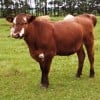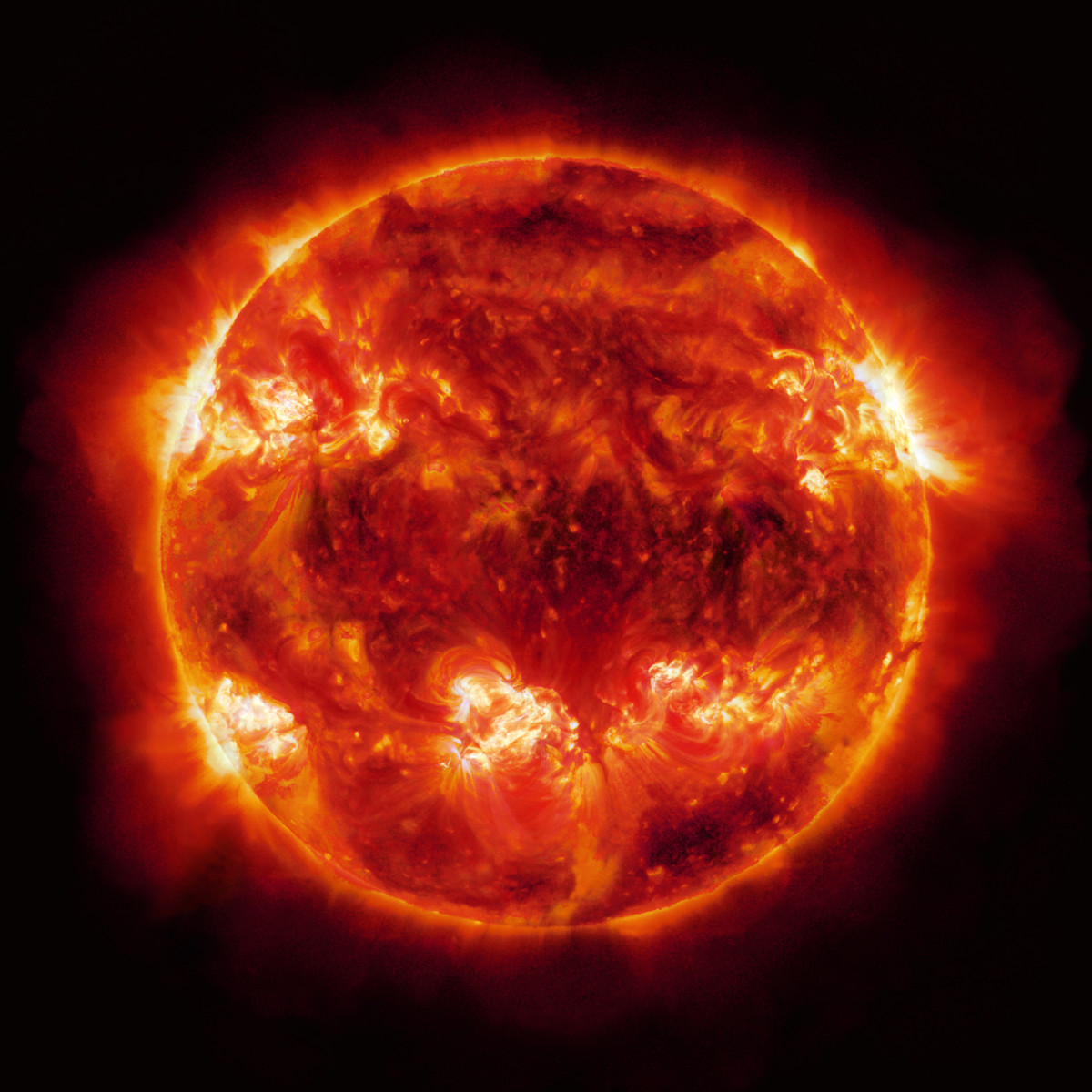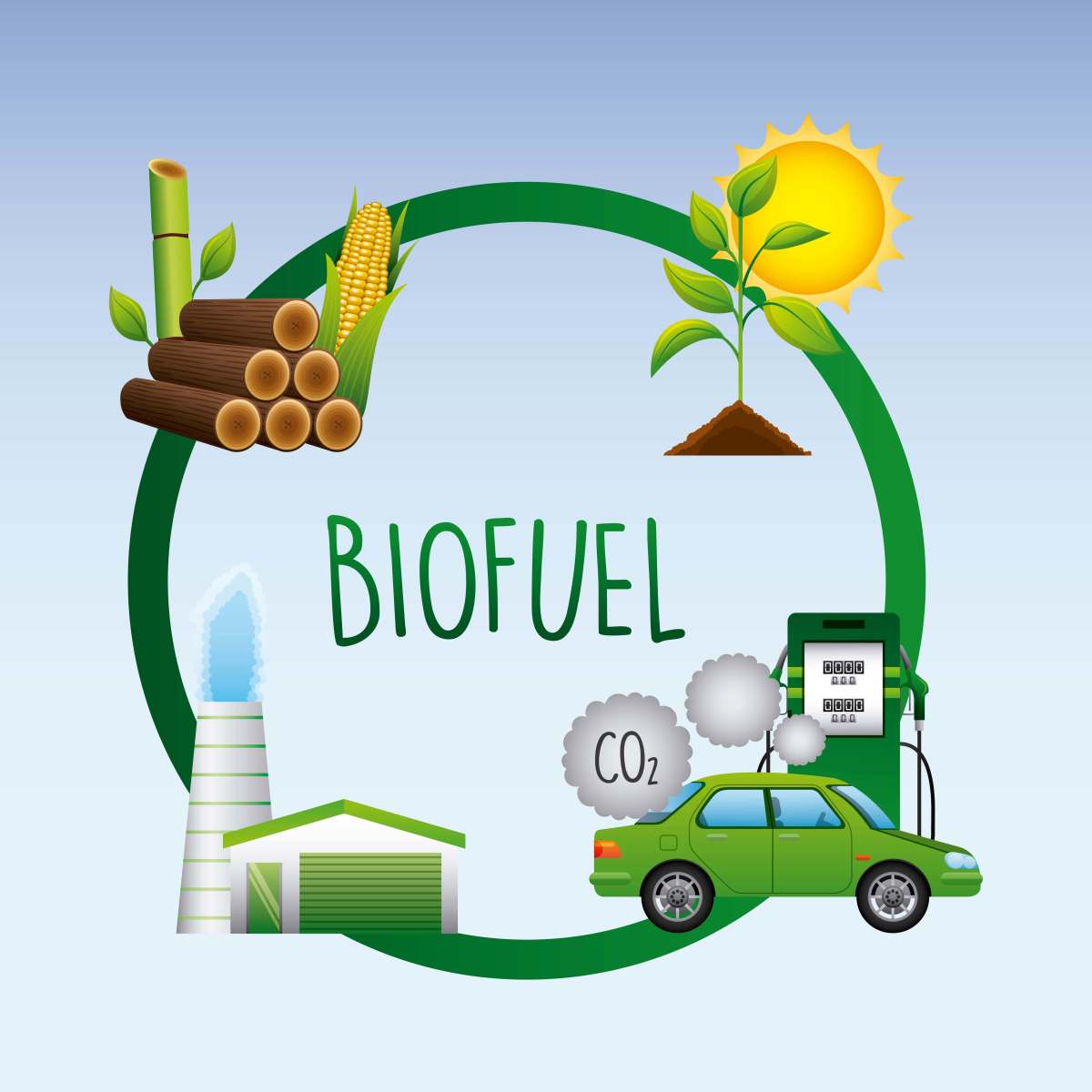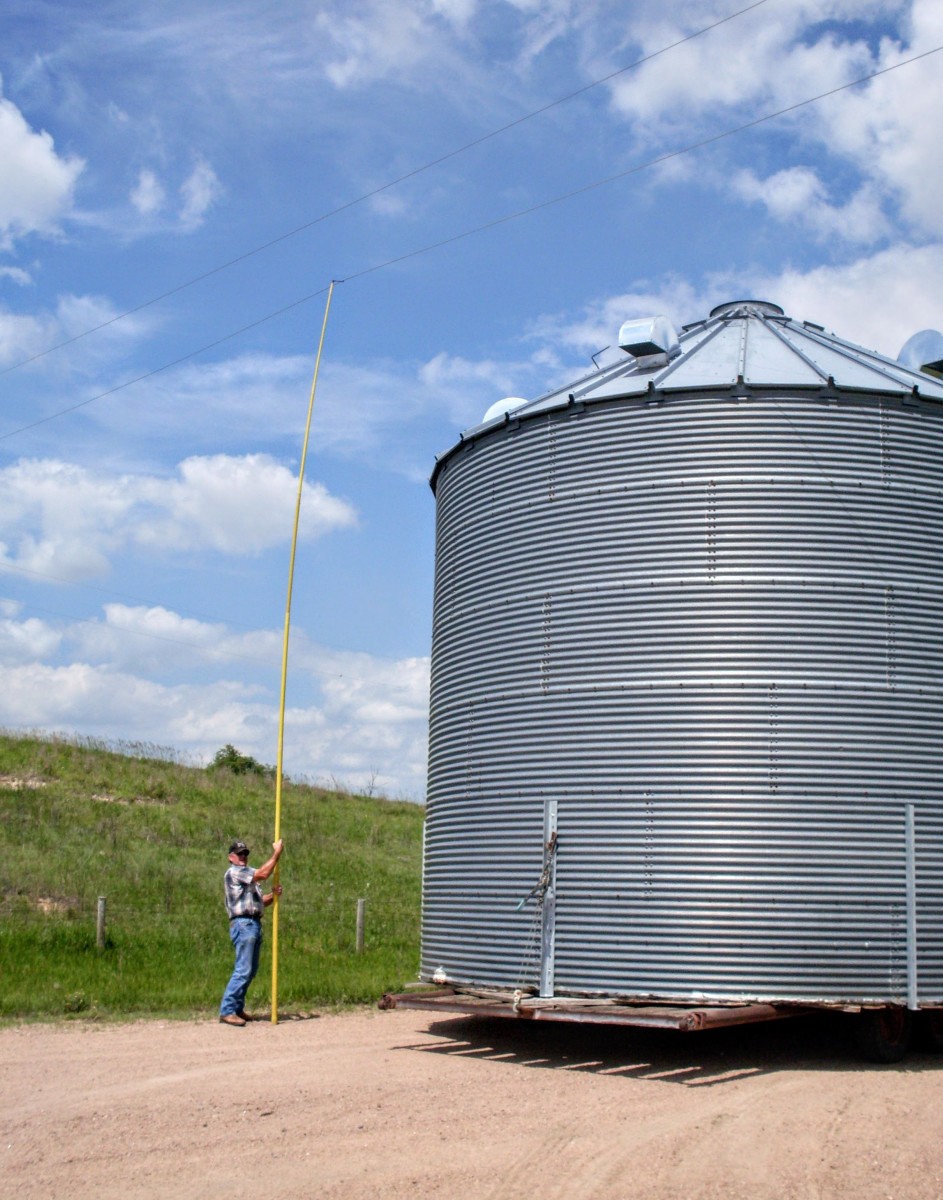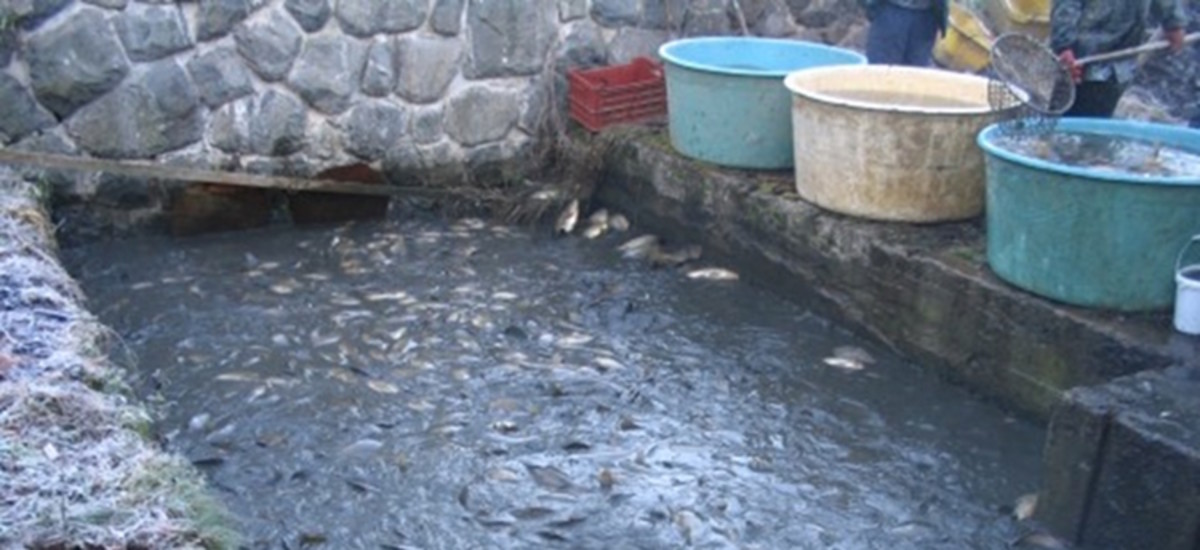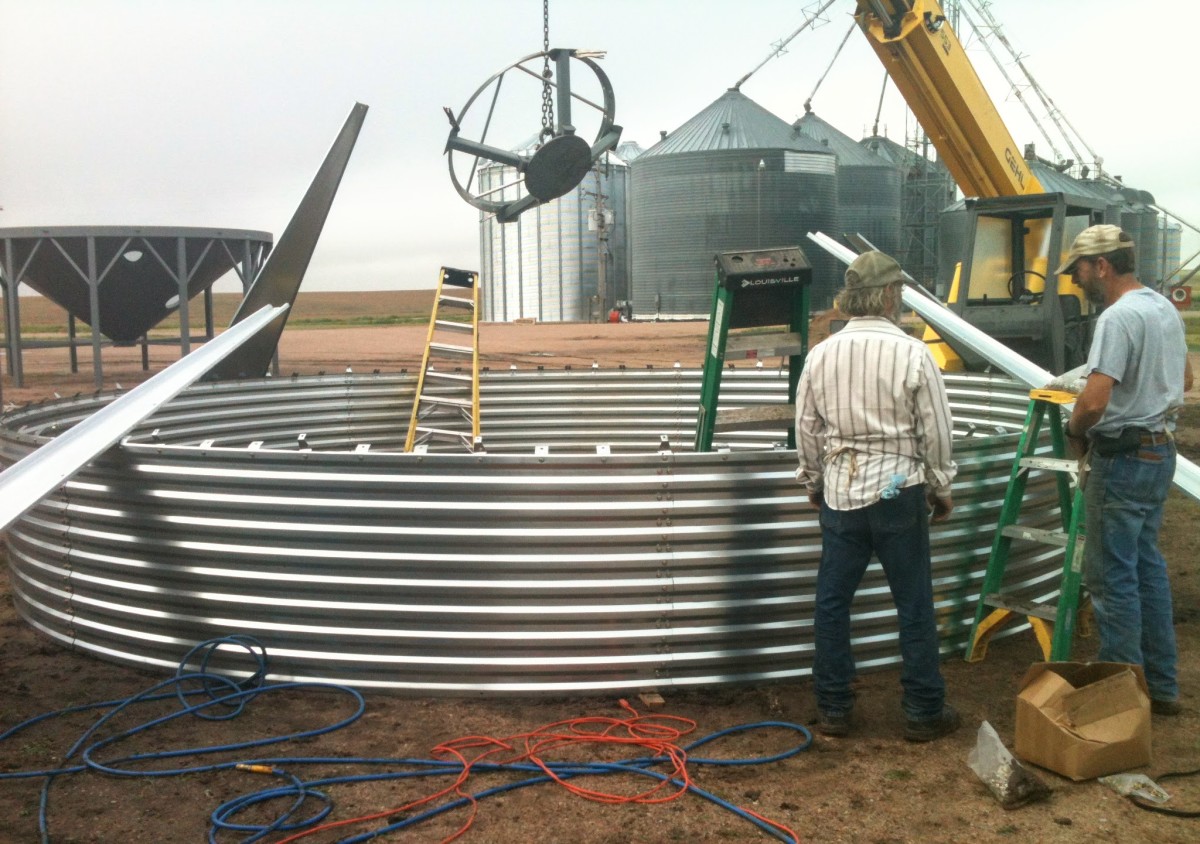Earth Day - Myths and Facts about Beef Cattle and the Beef Industry
Myths to Dispell
Since it's Earth Day today, it's time I take the time to dispel some myths that you may have heard of regarding the animal ag industry, particularly the beef industry.
Myth: Cows are a major contributor to global warming and greenhouse gas emissions.
Fact: The Environmental Protection Agency writes that the entire agriculture sector produces just "6% of total U.S. greenhouse gas emissions." And EPA data also show that domestic livestock production is only responsible for 2.4%. In any event, blaming meat producers for greenhouse gas output is a silly exercise. If livestock production disappeared tomorrow, we would just be transporting more tofu around, and plowing and fertilizing the land to supply a new vegetarian utopia. There wouldn't be a significant environmental benefit. -- David Martosko, director of research, Center for Consumer Freedom.
- According to the FAO "Livestock's Long Shadow," livestock alone only contribute to 11.5% of carbon equivalent emissions: 0.5% of that is carbon dioxide emissions, and 5.5% each of methane and nitrous oxide. Not very much is it? That 18% you keep hearing about is the contributions of livestock AND land use, land use change and forestry. But really, many of those who quote this number fail to mention the LULUCF factor that the FAO had added in. And when you look at it, that 11.5% is quite a bit smaller than the transportation contribution.
Myth: It takes 10 lbs of grain to get 1 lb of beef. Why not cut out the "middleman" and have humans eat corn (or other grains) instead?
Fact: Cattle serve a valuable role in the ecosystem by converting plants humans cannot consume into a nutrient-dense food. Iron deficiency is the most common nutritional deficiency worldwide. Beef provides the most readily available and easily absorbed source of iron. In fact, just one 3-ounce serving of beef supplies 51% of the Daily Value (DV) for protein, 38% of the DV for zinc and 14% of the DV for iron.
- Also, much of the "grain" humans eat must be processed in the factory or by a mill before it can be used for food production. We humans cannot get the nutrients from the same feed that cattle eat, simply because our digestive systems are much different than cattle.
- In the world of corn, humans can only eat corn (the kernels) when it is at at the perfect stage (like you see in packaged corn). Corn that is dried naturally cannot be consumed readily by us humans, and thus has to be milled and processed before it can be consumed. Furthermore, we humans can only eat 5% of the entire corn plant. Cattle, on the other hand, can eat 95% of the corn plant at ANY stage, be it dried and dead, or just coming up from it's seed.
Myth: Grazing cattle contribute to widespread overgrazing, soil erosion, and overall grassland degradation, and thus are a negative impact on the environment.
Fact: This only occurs in contries where education for grazing cattle properly is almost non-existant. Fact is, in North America, grassland benefits from grazing cattle, as many pasture and rangeland practices are in place to more efficiently graze more cattle on a smaller area of land in order to boost grassland production.
- Grazing animals on land not suitable for producing crops more than doubles the land area that can be used to produce food. If 1955 technology were used to produce the amount of beef raised today,165 million more acres of land would be needed – that’s about the size of Texas!
- North America’s beef farmers and ranchers are committed to protecting the environment. Cattlemen and women incorporate a variety of best management practices to ensure the beef industry is in compliance with environmental requirements. For cattle farmers, the land is their livelihood and their legacy. They carefully follow science-based best management practices to protect our country’s natural resources for future generations. In fact, ranchers have led conservation efforts proving that raising cattle and environmental stewardship go hand-in-hand.
- About half of the world’s land surface is suitable only for rangeland and not for growing food crops. But rangelands produce significant quantities of grasses, shrubs and forbs that only livestock can utilize. Well-managed grazing of rangelands, grasslands and pastures is the most sustainable form of agriculture known.
Myth: Eating red meat is bad for you. It causes obesity, cancer, heart disease, and clogged arteries.
Fact: Much of the junk food and highly-processed food we eat today is to blame for that, as well as increased serving sizes, and an increase in technological devices that invite less excersize less often. There is far more junk food and processed goods sold to consumers than there was 50 or even 100 years ago. Many folks ate beef as a part of their diet on a daily basis a long time ago, and there were very few cases of health problems then.
- Eating naturally-raised grass-fed beef is like getting back to the old days where implementing growth hormones, antibiotics and feeding junk food to cattle as a cheaper feed source was nil.
- Beef contains high amounts of iron, zinc and protein. It is also an excellent source of B-vitamins, such as vitamin B12.
